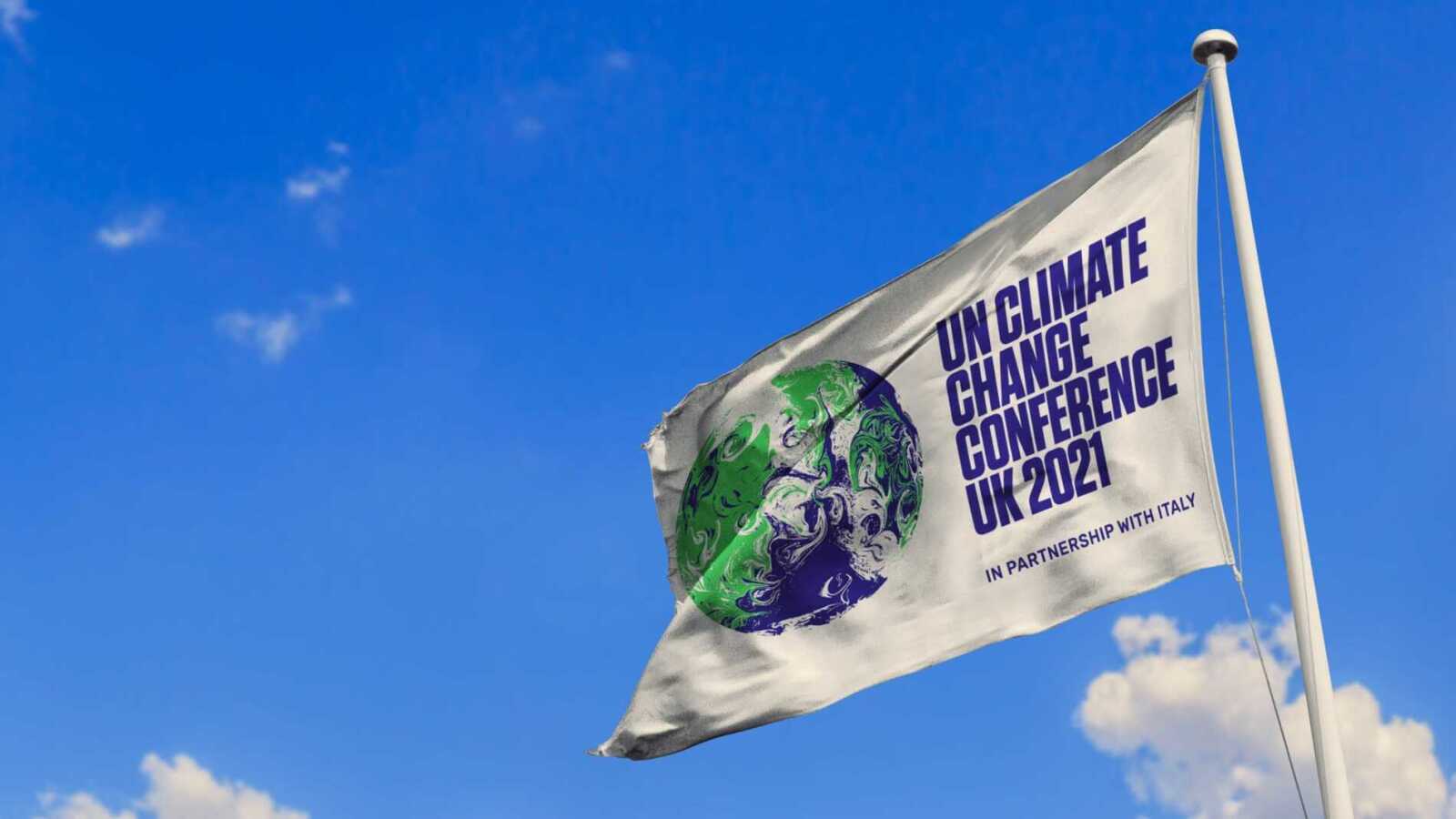
Risks and challenges of India’s 2070 net-zero target
India is clearly focused on becoming a net-zero economy, but it has a long journey ahead, writes Stephanie Baxter
Last November at the COP26 summit, India’s Prime Minister Narendra Modi committed to cutting the country’s greenhouse gas emissions to net zero by 2070.
Being the first time India has set a net-zero target, this was widely welcomed, but critics warned of the risks of the country falling behind other countries’ targets to be net zero by 2050 or earlier.
Luke Barrs, head of fundamental equity client portfolio management at Goldman Sachs Asset Management (GSAM), says India is not the biggest polluting country but is certainly one of the most inefficient, and as its domestic demand and exports grow, it needs to find carbon-efficient ways to fulfil them.
The Indian government has created several initiatives to support the clean-energy transition.
And for third year in a row, India is in the top ten best performing countries in the 2022 Climate Change Performance Index, which tracks the climate protection performance of 60 countries and the EU.
Gaurav Singh, co-founder of start-up investment bank JPIN, thinks India has a clear direction towards becoming a net-zero economy, and that the government realises something drastic needs to be done.
“I highly commend the Indian government because the amount of collaboration they're doing and the amount of very strong promises that they are making is not just an intention and then they'll try wing it or figure it out. I think there is a very clear method, because, for example, we have seen the input of a lot of clean tech technologies.”
While India has set a 2070 net-zero target, there is a “very clear 2030 COP 26 guideline” which India is very keen to meet, adds Singh.
“There is a very clear target internally, and people are being driven to a whole next level of positive craziness, where every state and every government is working very, very hard on revising their policies,” he says. “They're very strict on the manufacturing sector for instance, and the carbon capture and emissions and around 160,000 electric vehicles have been sold.
Some of the bigger companies in India are leading the way in transitioning to net zero and have announced clean-energy capital expenditure, while others are taking much slower action. This could create challenges in the economy as it moves to net zero.
Barrs says the transition for smaller companies may not be an easy task given capital/business constraints in a price-conscious economy.
“We need to also be conscious of the pace at the which the world can handle this transition. Faster deceleration in investments for conventional sources could create a supply crunch,” he adds.
There is a very clear target internally, and people are being driven to a whole next level of positive craziness, where every state and every government is working very, very hard on revising their policies.
The opportunities
Technology is expected to play a huge role in India’s net-zero future, and it already has some exciting new ventures. For example, sustainability cloud platform LogicLadder, which was started by an entrepreneur in India and has now set up a holding company in the UK, is helping businesses and large organisations to track how close they are from zero.
There are a multitude of investment opportunities as India decarbonises particularly in areas that are witnessing accelerating investment and continued technological development, says Matt Doody, research analyst at Janus Henderson Investors.
These include renewables, EV ecosystem, hydrogen and fuel cells, environmental protection equipment and solutions, carbon capture and energy storage.
He also sees attractive opportunities in various critical metals that will be required as India and the rest of world moves to electrify. Copper, nickel, lithium, manganese and cobalt are the most needed metals for emerging low-carbon technologies.
“On the flip side, the likely losers with much higher hurdle rate for us to invest behind include the coal producers, oil majors, refiners, petrochemical companies, and most power utilities (as thermal based),” says Doody. “Additionally, those heavy polluters that will likely face rising disclosure requirements and financial constraints associated with potential carbon trading and quota system implementation will also likely be avoided (these include steel, cement, chemical, industrial and some transport companies).”
As developing countries like India seek to move to net zero, their speed of transition will quicken if countries in the developed world look to help.
GSAM’s Barrs says: “Developing countries like India face resource constraints and are not able to allocate significantly to R&D efforts for clean-energy transition. Their first priority is to provide a bare minimum standard of living for their population. A faster transition would certainly not be possible without the help, both from an economic and a technology-transfer perspective, of developed economies.”




